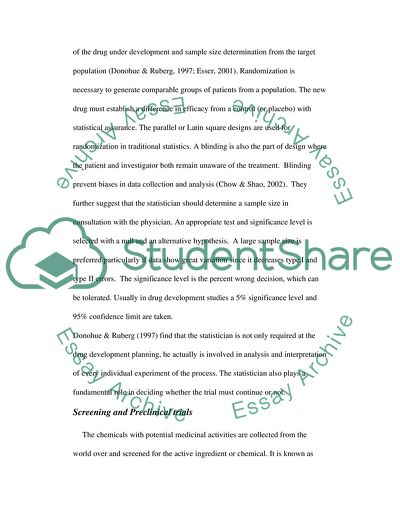Cite this document
(How Does Statistics Help Create Medicines Assignment, n.d.)
How Does Statistics Help Create Medicines Assignment. https://studentshare.org/health-sciences-medicine/1716832-how-do-statistics-help-create-medicines
How Does Statistics Help Create Medicines Assignment. https://studentshare.org/health-sciences-medicine/1716832-how-do-statistics-help-create-medicines
(How Does Statistics Help Create Medicines Assignment)
How Does Statistics Help Create Medicines Assignment. https://studentshare.org/health-sciences-medicine/1716832-how-do-statistics-help-create-medicines.
How Does Statistics Help Create Medicines Assignment. https://studentshare.org/health-sciences-medicine/1716832-how-do-statistics-help-create-medicines.
“How Does Statistics Help Create Medicines Assignment”. https://studentshare.org/health-sciences-medicine/1716832-how-do-statistics-help-create-medicines.


